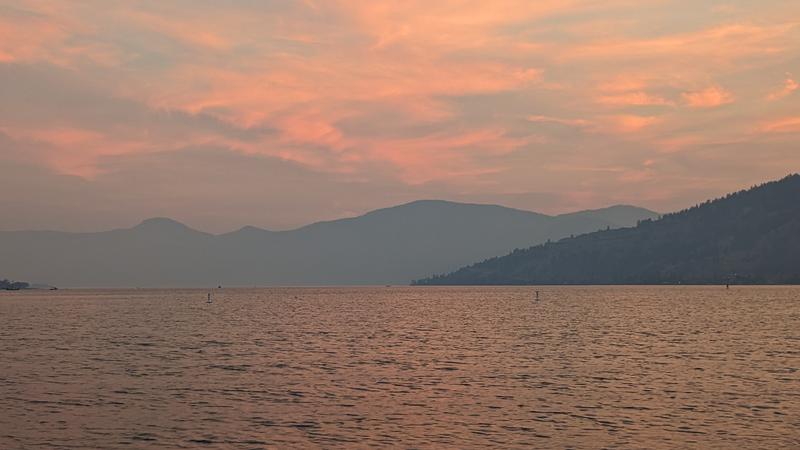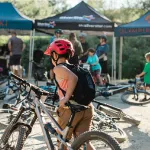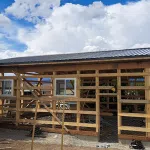
New online tool allows people to learn about the Okanagan’s climate trends
The Okanagan Basin Water Board (OBWB) has launched a new tool for people to access and be informed about the changing climate.
The OBWB’s new Local Climate Indicators Dashboard contains data on temperatures, precipitation, stream flows, water levels and quality, and snowpack collected in the region over the past 100 years.
“There’s 40 different indicators that you can break down either annually or seasonally, so you can kind of break stuff down, but only for completed years (as the annual records only go up to the end of 2023),” Sandra Schira, a water science specialist at OBWB and lead of the dashboard project, explained.
“In terms of data records, we’re looking at long-term trends so we need a long data set, so the range is about 30 years for certain streams, but the longest data sets for the cities (including Kelowna and Vernon) and for Okanagan Lake go back over 100 years. So we’re looking at a really great record and that’s amazing, that’s not something you see everywhere, and it’s really quite remarkable.”



